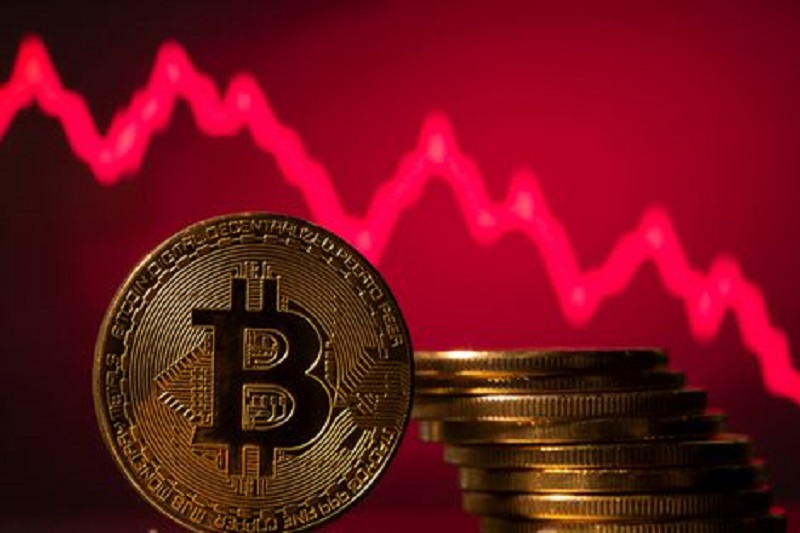
This event, which halves rewards for miners, has been the fourth since the creation of the Bitcoin protocol in 2009 and has triggered a series of unexpected movements in the market, including a recent drop to $57,000 from the all-time high of $73,000 recorded before the halving.
The Bitso expert noted in an interview that this volatility is not surprising, given that the current halving cycle has presented several differences compared to previous ones.
Before the 2024 halving, Bitcoin experienced an impressive bullish rally, largely driven by the opening of Bitcoin exchange-traded funds (ETFs), which facilitated institutional investment in the cryptocurrency, he explained. This massive influx of capital helped drive the price of Bitcoin to all-time highs before the rewards reduction event, marking an unprecedented event in Bitcoin’s history.
However, after the halving, the market reaction has been different from previous cycles. Although an immediate price increase was expected due to the decrease in Bitcoin’s supply, there has been a certain silence and a decrease in enthusiasm among investors. This lack of a quick rebound has generated some anxiety among market participants, resulting in sales and a correction in the price of Bitcoin.
“(Volatility) is something normal because many times people who have been entering this market feel that at the moment of halving the price has to increase instantly, but the reality is that it happens progressively, but also since this didn’t happen, people see that it wasn’t the result, they start to panic, start to sell, the famous ‘buy the rumors, sell the news’,” detailed Gonzalez.
The macroeconomic context has also influenced Bitcoin’s volatility. Recent statements by Federal Reserve Chairman Jerome Powell maintaining interest rates and expressing concerns about inflation have affected investors’ perception. Uncertainty surrounding traditional economic policies has led to increased interest in alternative assets like Bitcoin, perceived as resistant to conventional monetary policies.
Regarding future prospects, Daniel González did not rule out the possibility of further adjustment in the price of Bitcoin.
Bitcoin price registered a new drop to $61,000 on Thursday, though it is now trading at around 62,489. Several factors have influenced this decline, including concerns about high interest rates in the United States and increased regulatory scrutiny towards major players in the crypto sector.
Regulatory concerns are in the spotlight, after it was revealed that the United States Securities and Exchange Commission (SEC) is investigating Robinhood (NASDAQ: HOOD), Coinbase (NASDAQ: COIN), and Ripple, which could influence the perception of cryptocurrencies under US law.
Ethereum, as the second-largest cryptocurrency, is also under scrutiny, after the SEC postponed the approval of Ethereum ETFs until its investigation is concluded.
Additionally, a recent report suggests that over 90% of transactions in stablecoins are artificial, increasing regulatory concerns around this key sector of the crypto industry.
The market also faces challenges related to the unlocking of altcoins worth nearly $2 billion in the coming weeks, which could negatively affect the altcoin market by increasing the available supply.
These regulatory and supply developments occur in a context of uncertainty about high interest rates in the United States, leading traders to show a strong preference for the dollar over higher-risk assets such as cryptocurrencies.
To read the full article, Click Here
